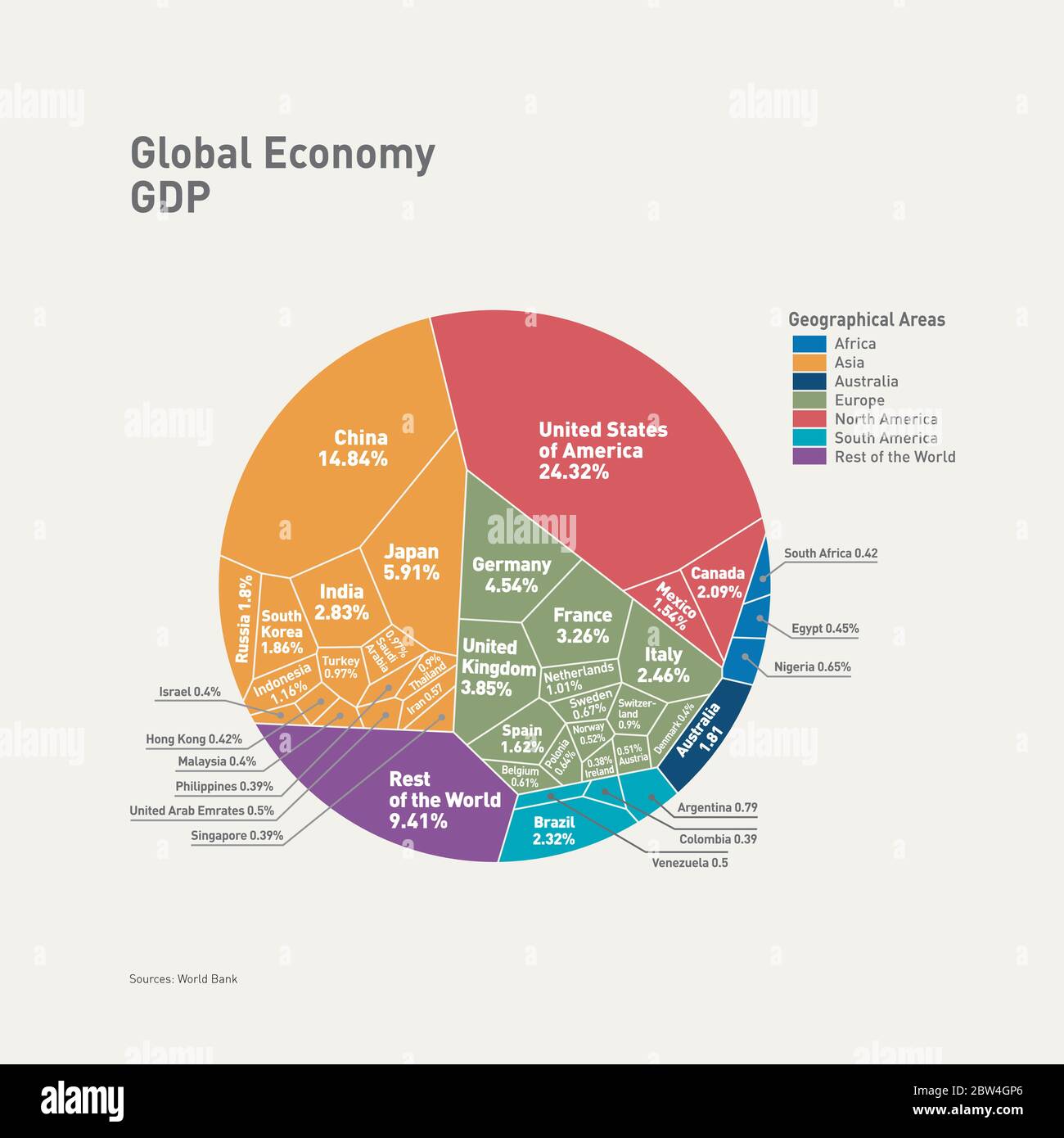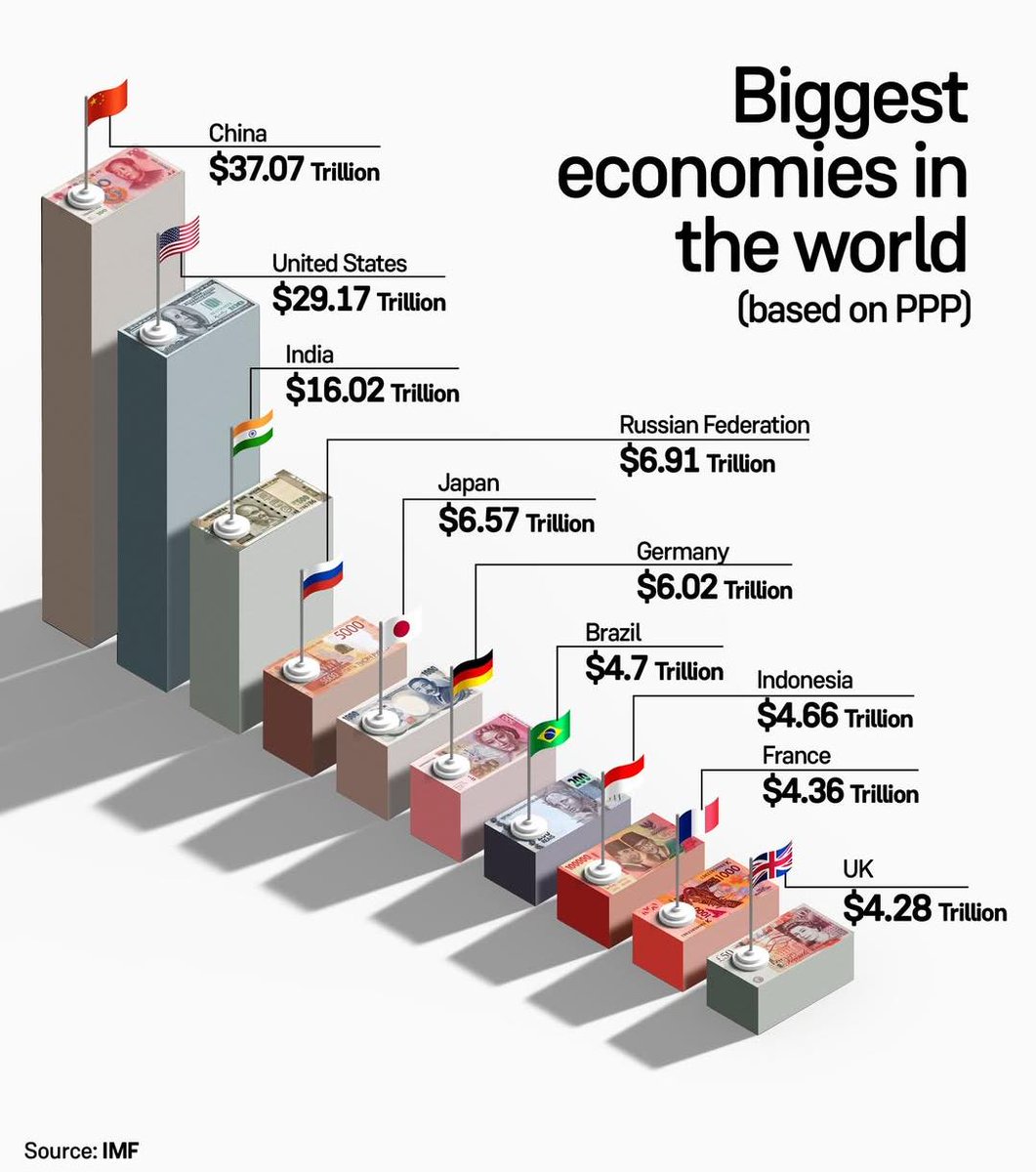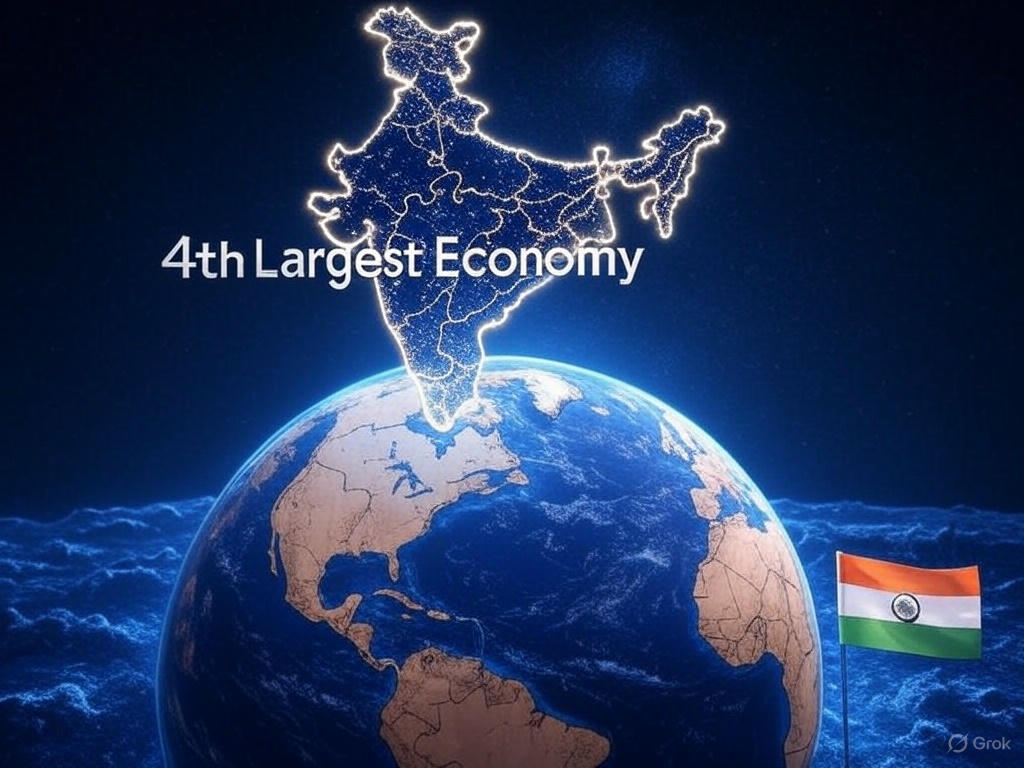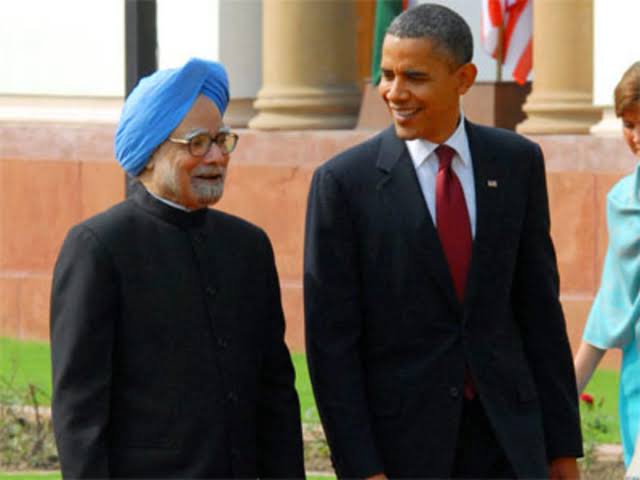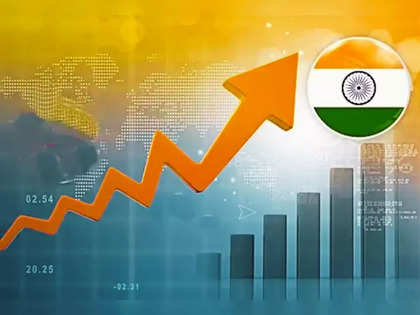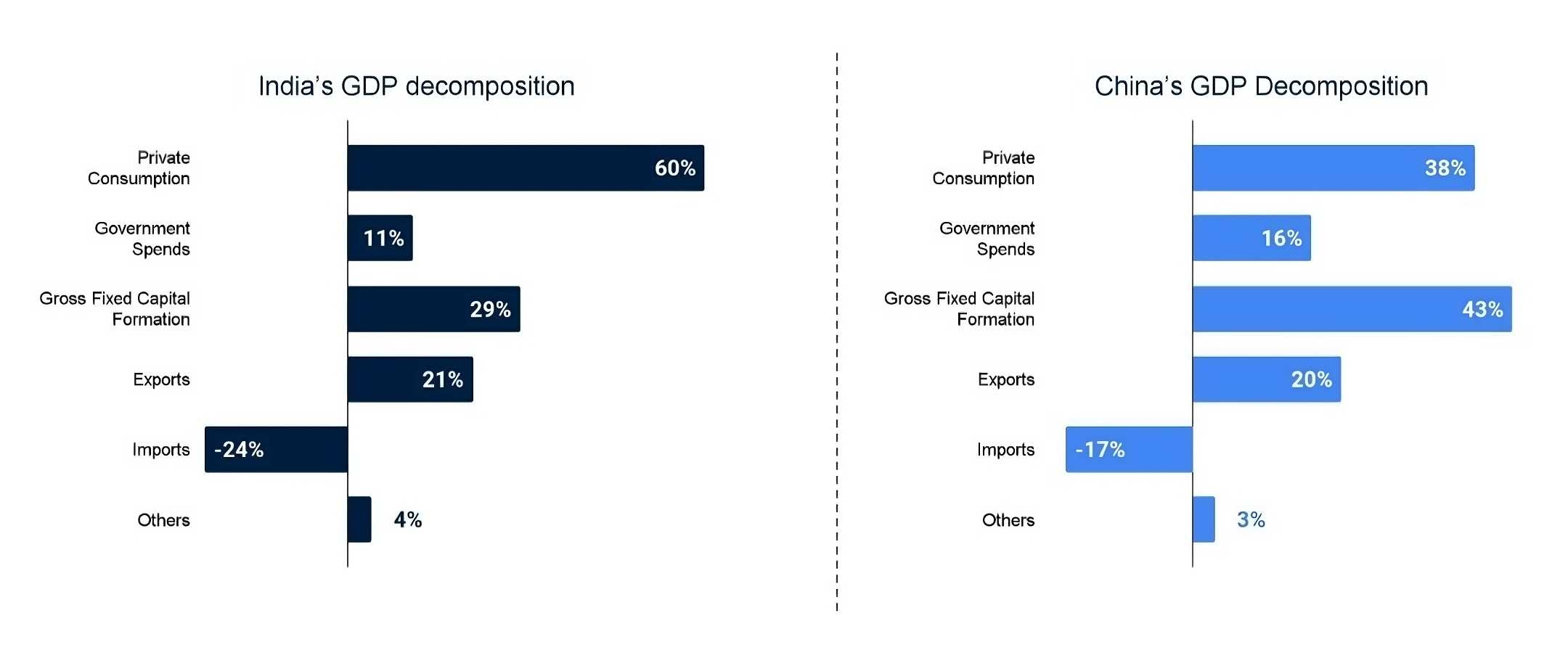Back
Yash S
Founder @ Innovzeal ... • 6m
In 2025, India officially became the world’s fourth-largest economy by nominal GDP, overtaking Japan. For those who recall similar headlines from the 2009–2014 period, the distinction lies in what’s being measured. Back then, India rose to third place globally by Purchasing Power Parity (PPP)—a metric that compares economies based on relative cost of living and inflation. PPP tells us how much a rupee can buy at home, not how much India’s economy weighs on the global stage. What’s changed now is India’s nominal GDP—measured in US dollars—has overtaken Japan’s. This is what global investors, rating agencies, and financial institutions care about. It reflects real size, not just local value. The difference isn’t just technical—it’s geopolitical. In PPP, India’s economy looked big. In nominal terms, it now is big. And that makes all the difference in how the world sees India today.

Replies (2)
More like this
Recommendations from Medial
Kimiko
Startups | AI | info... • 6m
According to the International Monetary Fund's April 2025 World Economic Outlook, India is projected to become the world's fourth-largest economy in 2025. The IMF anticipates India's nominal GDP for the fiscal year 2026 to reach $4.187 trillion, sl
See More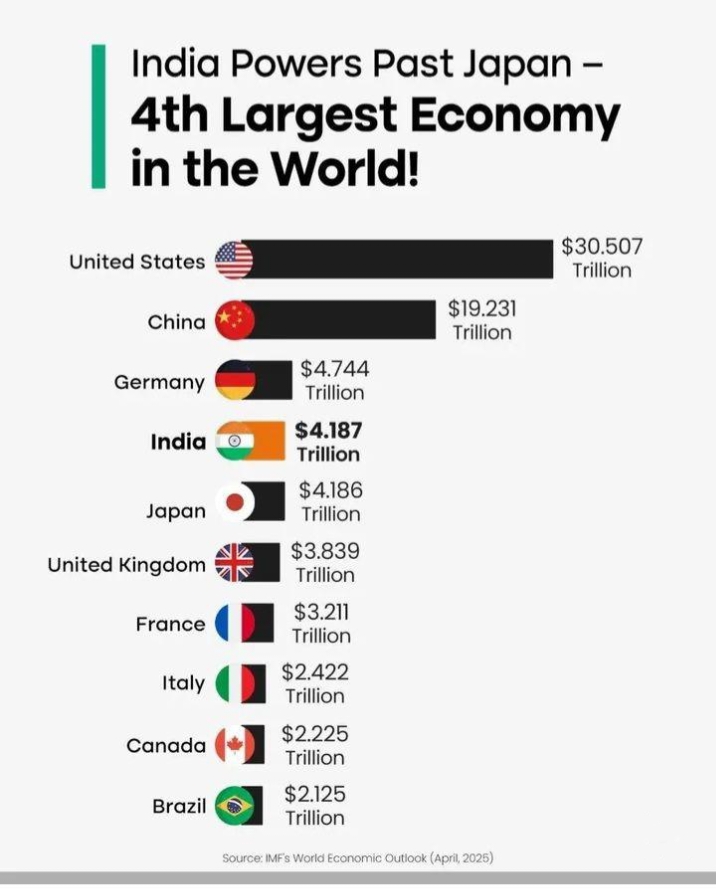
Dr Sarun George Sunny
The Way I See It • 5d
India’s Big Data Reset: Finally Ditching the 2012 Ruler for a 2025 Economy For years, we’ve measured a digital, post-pandemic, AI-driven economy… using a 2012 baseline. Think about that UPI didn’t exist, e-commerce was tiny, and the informal secto
See MoreDownload the medial app to read full posts, comements and news.





